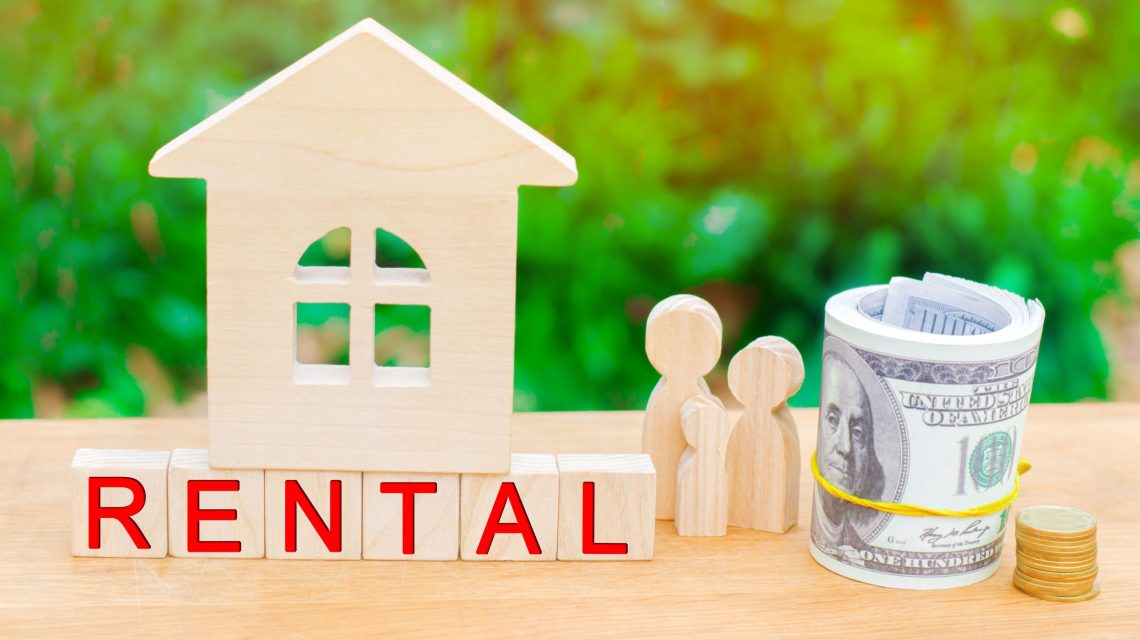For many FIFO (Fly-In Fly-Out) workers, the appeal of the job is clear: high pay, condensed rosters, and the chance to build a financial future faster than most 9-to-5 careers. But while the income is strong, the path to long-term wealth isn’t automatic.
It’s easy to fall into the cycle of working hard, spending big during R&R, and promising yourself you’ll start saving after the next paycheck. Many FIFO workers earn six figures and still feel like they’re just treading water.
The truth is, a high income is only part of the wealth equation. What you do with your earnings (save, invest, and plan) makes all the difference between short-term comfort and lifelong financial freedom.
This guide will show you how to make your FIFO income work harder than you do, so you’re not just earning well, but building something that lasts.
What is FIFO?
FIFO (Fly-In Fly-Out) is a work arrangement commonly used in remote industries like mining, oil and gas, and large-scale construction. Instead of relocating, workers fly to the job site for a set roster (usually 1 to 3 weeks), then fly home for time off.
Employers cover flights, accommodation, and meals while on-site, as these roles are often in isolated areas and involve long hours or round-the-clock operations. The work is typically demanding and highly skilled, which, combined with time away from home, means FIFO roles often come with six-figure salaries.
The Financial Reality of the FIFO Lifestyle
Many FIFO workers earn well above the national average, particularly in mining, oil and gas, or remote construction. But a high income doesn’t automatically lead to long-term financial security.
As income rises, so does the temptation to upgrade your lifestyle: a new car, better holidays, eating out more, or taking on a bigger mortgage. Over time, this lifestyle inflation eats into your ability to invest or save. What once felt like a surplus starts to feel like the bare minimum, especially when those higher expenses become fixed and difficult to reverse.
Why FIFO Income is Perfect for Investing
FIFO workers are in a strong position to build wealth thanks to high incomes and a unique pay structure. With fewer day-to-day costs and above-average earnings, you can hit savings goals much faster than most. But FIFO work isn’t forever, so it’s important to invest while your income is at its peak.
The Wealth-Building Mindset
Earning a strong income is just the first step.
Building wealth starts with clear goals. Whether it’s saving $100,000, buying your first investment property, or retiring early, defined goals give your income purpose and help you stay focused when temptations arise.
Next, start thinking like an investor, not a consumer. Instead of asking, “What can I buy next?” start asking, “What can I build?” That shift leads to smarter decisions around saving, budgeting, and growing your assets.
From there, wealth is built through simple, repeatable habits: earn, save, invest, repeat. Maximise your income while you can, automate your savings, put your money into assets like shares, property, or super, and stay consistent.
Investment Options for FIFO Workers
Investing doesn’t have to be complex. Here are five key areas to focus on:
1) Emergency Fund First
Before you invest, you need a safety net. Aim to save 3–6 months’ worth of living expenses in a high-interest savings account. This buffer protects you from unexpected expenses (like job changes or medical emergencies) and prevents you from dipping into your investments prematurely.
2) Superannuation Strategies
Super is one of the most tax-effective ways to build wealth in Australia. Consider salary sacrificing, which involves putting a portion of your pre-tax income into super. This reduces your taxable income while growing your retirement savings. With compounding returns and tax breaks, super becomes a powerful long-term investment, especially if you’re starting early.
H3: 3) Real Estate Investment
Property is a popular wealth-building tool for FIFO workers. Many start by purchasing a rental property, either near FIFO hubs (to appeal to other workers) or in growing metro areas with long-term potential.
One big advantage of property is leverage. It lets you use a relatively small deposit to buy a much larger asset. If the property grows in value, you benefit from the full amount, not just what you put in, helping you build wealth faster over time. However, property isn’t passive. It requires ongoing maintenance and careful management, especially if you’re investing from a distance.
4) Stock Market and ETFs
Investing in shares or Exchange Traded Funds (ETFs) is an accessible, low-cost way to grow wealth. FIFO workers can benefit from dollar cost averaging, where you invest a fixed amount regularly to smooth out market ups and downs, or lump sum investing when larger cash reserves are available. Diversifying across sectors and countries helps reduce risk, and for those with limited time, ETFs offer broad exposure without the need to pick individual stocks.
5) Managed Funds
If you don’t want to manage investments yourself, consider a managed fund. These platforms invest your money based on your goals and risk profile, offering a “set-and-forget” approach. They’re ideal for FIFO workers with limited time and desire to actively manage their portfolios.
Smart Money Habits to Sustain Your Wealth
Investing is just one piece of the puzzle. To keep your wealth growing long after your FIFO days are over, you need strong, sustainable financial habits.
- Budget for Irregular Income: FIFO pay can be uneven, so build a monthly budget based on your essentials and plan ahead for off-period spending. Budgeting apps like YNAB or Pocketbook can help you stay on track without overcomplicating things.
- Automate Your Savings and Investments: Take the pressure off by automating transfers to your emergency fund, super, and investment accounts. This makes sure your financial goals are met before you’re tempted to spend.
- Track Your Net Worth Regularly: Check in on your net worth every 6-12 months to see what’s working. It keeps you focused and helps you adjust your strategy, whether it’s shifting investments, paying off debt faster, or setting new goals.
Common Mistakes to Avoid
Success doesn’t just come from smart moves; it also comes from avoiding common traps. Here are three that often trip up FIFO workers:
1) Overspending During Off Time: When you’re finally off-site, it’s tempting to reward yourself, but many FIFO workers overspend during their downtime. Without a budget, “treating yourself” becomes routine and erodes your ability to invest.
2) Chasing High-Risk Investments: Too many fall for get-rich-quick schemes, crypto hype, or speculative property deals. The goal isn’t fast money, it’s sustainable, long-term wealth. Stick to the fundamentals and avoid investments you don’t fully understand until you have the time and resources to research them properly.
3) Not Planning for the Post-FIFO Career Transition: FIFO work often isn’t forever. Whether it’s burnout, health, or life changes, most workers eventually move on. Failing to plan for this transition, financially and mentally, can leave you scrambling when it’s time to take the next step.
Your First Steps Toward Wealth
You don’t need to have everything figured out right away; the most important thing is to start.
Begin by writing down specific, realistic financial goals: whether it’s owning a home, building a $200K investment portfolio, or retiring by 50. Attach a timeframe to each one.
Consider working with professionals who understand FIFO or irregular-income earners. At WHY Property Investment, we regularly work with FIFO workers to help them turn strong incomes into long-term wealth through smart, sustainable property strategies. Whether you’re just starting out or looking to grow your portfolio, contact us today to tailor an investment strategy that aligns with your goals.
Then, choose your first investment. Start with something that suits your situation and comfort level. That might be a simple ETF portfolio, a top-up to your super, or a property deposit if you’re ready to enter the market.
No matter where you begin, the key is to start now because the sooner you take action, the more control you’ll have over your financial future.









